SUMMARY
This is AI generated summarization, which may have errors. For context, always refer to the full article.
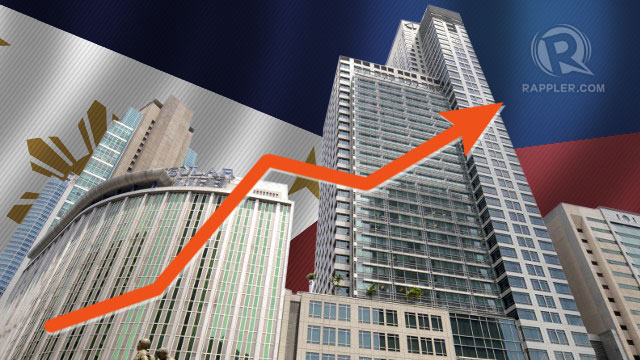
MANILA, Philippines – President Benigno Aquino III couldn’t have said it better: “This was the best year for the Philippines in a long time.”
The country’s economic growth surpassed the expectations of most economists, including conservative multilaterals that have always been on the safe side when making their forecasts.
The Philippines grew 7.1% as of the third quarter of 2012, besting other countries in Southeast Asia and trailing behind only China and Mongolia in the whole Asia.
This is the reason why some international organizations consider what was once a “sick man” a new Tiger economy.
Growth drivers
Many Filipinos, including academics and businessmen, have pointed to several factors that helped propel economic growth last year. Vice Chairman of SM Investments Corp. and one of Forbes Asia’s 50 most powerful businesswomen, Teresita Sy Coson, said many factors led to this level of growth.
Sy said the growth drivers, among others, were the robust business process outsourcing (BPO) industry, strong remittance inflows, and the “energized spirit” of local businessmen.

Socioeconomic Planning Secretary Arsenio Balisacan, for his part, said last year’s strong economic growth could be attributed to good governance, reforms, and improvement of the peace and order situation, particularly in the labor sector and in Mindanao.
These factors, the National Economic and Development Authority Director General said, allowed the Philippines to keep inflation and interest rates low as well as reduce the deficit and debt as a proportion of gross domestic product (GDP).
“I think these 3 major elements have contributed to these major revival in the interest in the economy and are likely going to sustain the growth process in the coming years,” Balisacan said.
Balisacan explained that Aquino’s commitment to improve governance in the country has given the Philippines the ability to take advantage of opportunities it missed in the previous administrations. If only this commitment was evident in the past 10 years prior to Aquino, he said the country could have performed better.
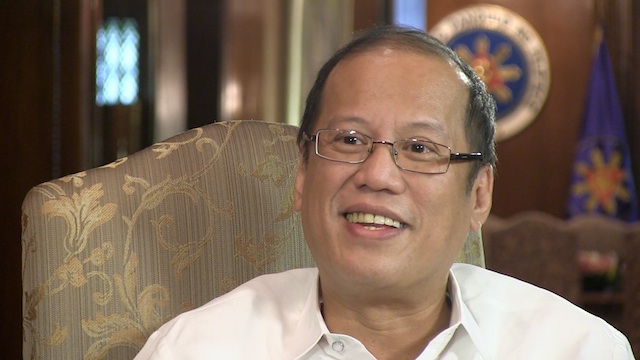
He said poor governance issues prevented international investors from taking the Philippines seriously as an investment destination in the past. Regaining the trust of investors by reforming institutions was one of the biggest reasons why the country is now considered a bright spot in Asia.
“After seeing that we really mean business in reforming our institutions, our bureaucracies, proving the accountability of government in spending money, things like that, I think that has changed the perception of the country substantially and if you learn from the history of the past 100 years, economic development is all about good governance, without good governance you really can’t get development growing for a long period of time,” Balisacan said.
Another major factor, Balisacan said, was the cumulative impact of reforms that started in the 1990s. These reforms included the reforms at the Bangko Sentral ng Pilipinas, the liberalization of the banking sector, and the deregulation of the oil, airline, and telecommunication industries.
Balisacan said the cumulative impact of these reforms allowed the Philippines to open the economy to interested investors in 2012.
Apart from these factors, Balisacan noted that the country’s peace and order situation significantly improved. He said there were no labor strikes that discouraged investors from bringing their businesses to Philippine shores.
The Department of Labor Secretary Rosalinda Baldoz was quoted in reports as saying the number of strikes in the Philippines has not hit or exceeded 10 every year for the past 6 years. In 2012, there were only 3 strikes recorded.
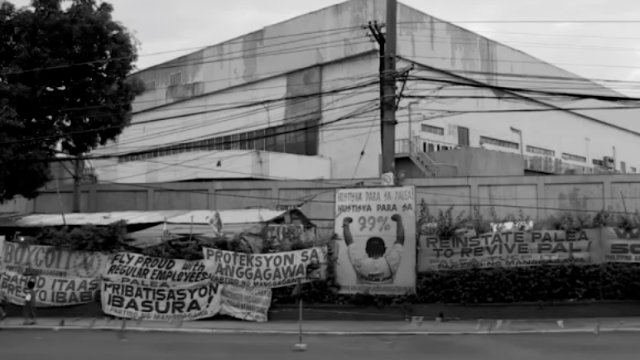
Baldoz said that was only 1.4% of the total 207 notices of strike filed before the National Conciliation and Mediation Board. The strikes were in Metro Manila, Southern Tagalog and Central Luzon.
Apart from less strikes, Balisacan said the signing of the Bangsamoro Framework Agreement was the right step in making Mindanao a true driver of economic growth.
Balisacan earlier said that with the Bangsamoro agreement, Mindanao can grow faster than the whole of Luzon. He said the agreement will give birth to new investments in Mindanao in agriculture and tourism as well as allied industries. He said Mindanao’s abundant natural resources make it the perfect “food bowl” and the richness of the Muslim culture makes the region an attractive tourist destination.
“The emerging peace and order that even in the labor unions, we haven’t been seeing much of those paralysing strikes, the problem with the Moro Islamic Liberation Front (MILF), especially with the [Bangsamoro] framework agreement, has improved tremendously the perceptions of risk in this country,” Balisacan said.
“I have a strong belief that at least under this presidency, which is very serious about achieving finality and closure to all these conflicts, Mindanao could be an investment haven because the potential for that region is enormous for agro-tourism, even industrial development,” he added.
Sustainability issue
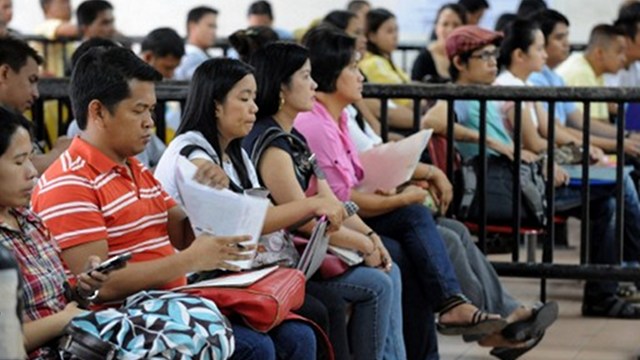
The Philippines has a long way to go to make its growth sustainable, however. The main challenge is the creation of more quality jobs.
The Labor Force Survey (LFS) results released by the National Statistics Office showed that there were a total of 2.763 million Filipinos without jobs in October 2012, 120,000 more compared to the year before, but 79,000 less than in July 2012.
The LFS also showed that the number of underemployed Filipinos reached 7.158 million, 223,000 less than the number a year ago, and 1.388 million less than in July 2012.
The unemployed is internationally defined as persons, 15 years old and over, without work, seeking work and available for work. On the other hand, the underemployed are those of the same age who are already employed but want to have additional hours of work in their present job or an additional job.
In October, Balisacan said providing Filipinos decent jobs has been the single biggest challenge of the administration. High quality jobs will grow the economy and give more Filipinos a better shot at increasing their incomes, keeping them out of poverty.
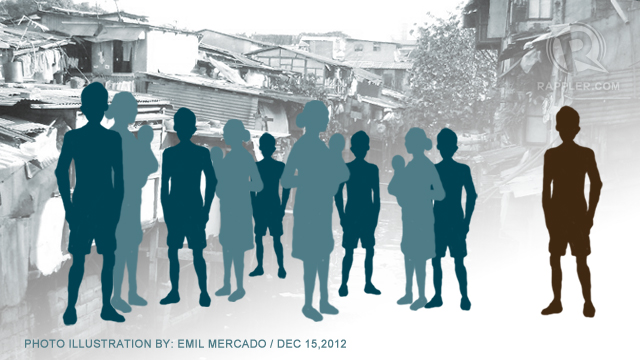
In the 2009 poverty statistics data released by the National Statistical Coordination Board (NSCB), the country’s poverty incidence increased to 26.5%, equivalent to 3.86 million families, in 2009 from 26.4%, 3.67 million families, in 2006.
“Job creation is a major challenge and what the numbers are telling us, we really need to push more aggressively, improving further the investment climate because jobs cannot be created without investment,” Balisacan said.
“If you look closely at the numbers, it’s true that the number of people actually increased but what is quite encouraging to see is the quality, the growth of employment in high quality jobs, has actually improved. The growth there and the salary workers has increased and that’s more than 50% of the total employed workforce and we want to see more of that while we are creating more employment opportunities in those high quality jobs,” he explained.
To create decent jobs and achieve inclusive growth, the country must grow its manufacturing base, said Asian Development Bank’s country economist in the Philippines, Norio Usui. – Rappler.com
Add a comment
How does this make you feel?
There are no comments yet. Add your comment to start the conversation.